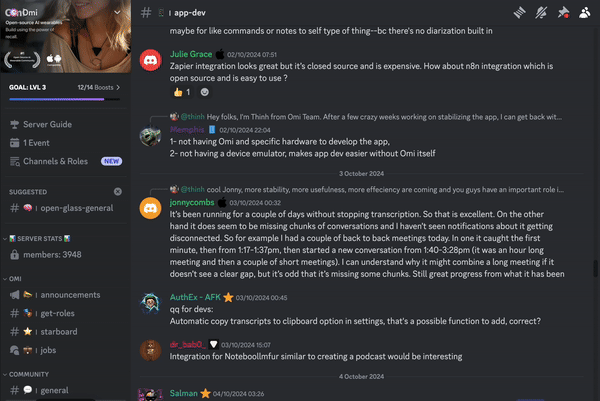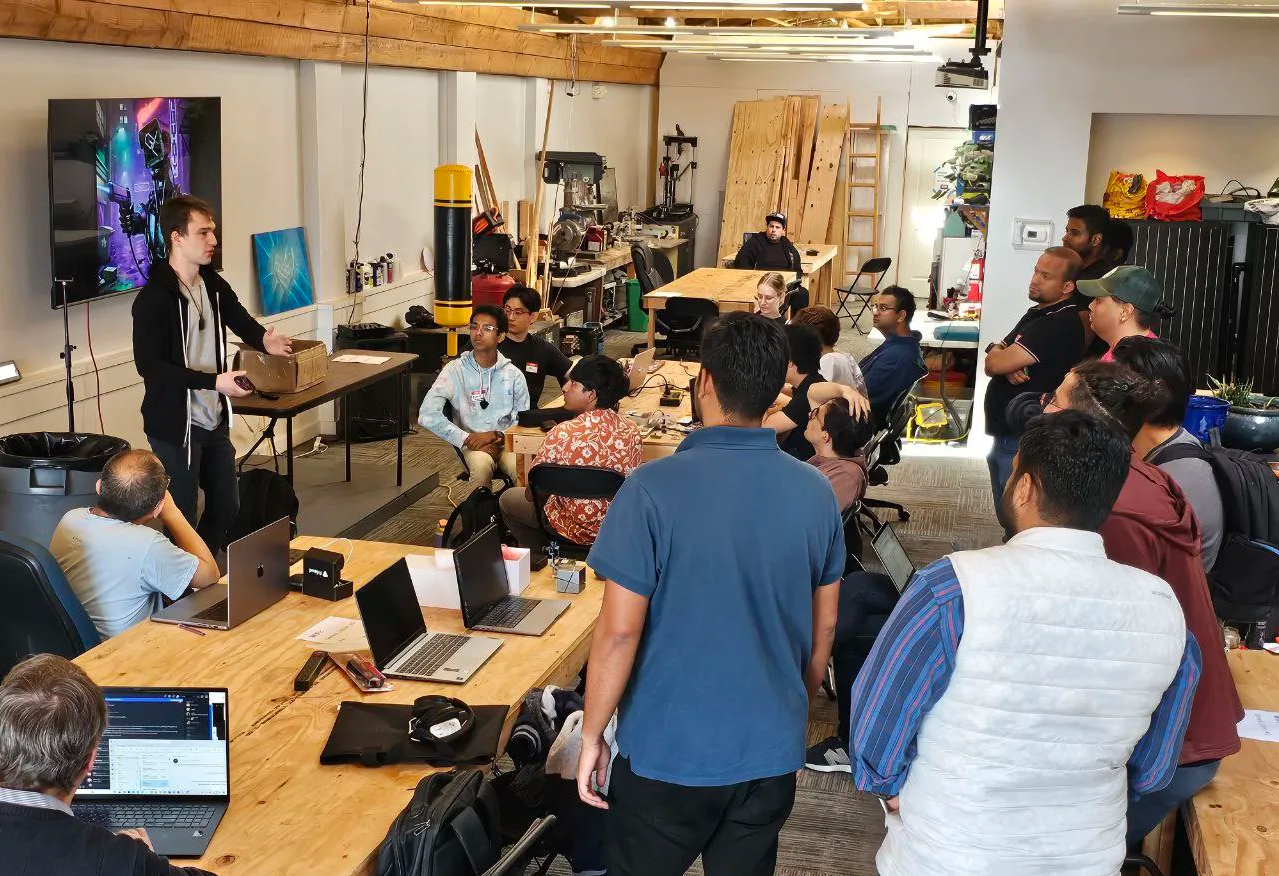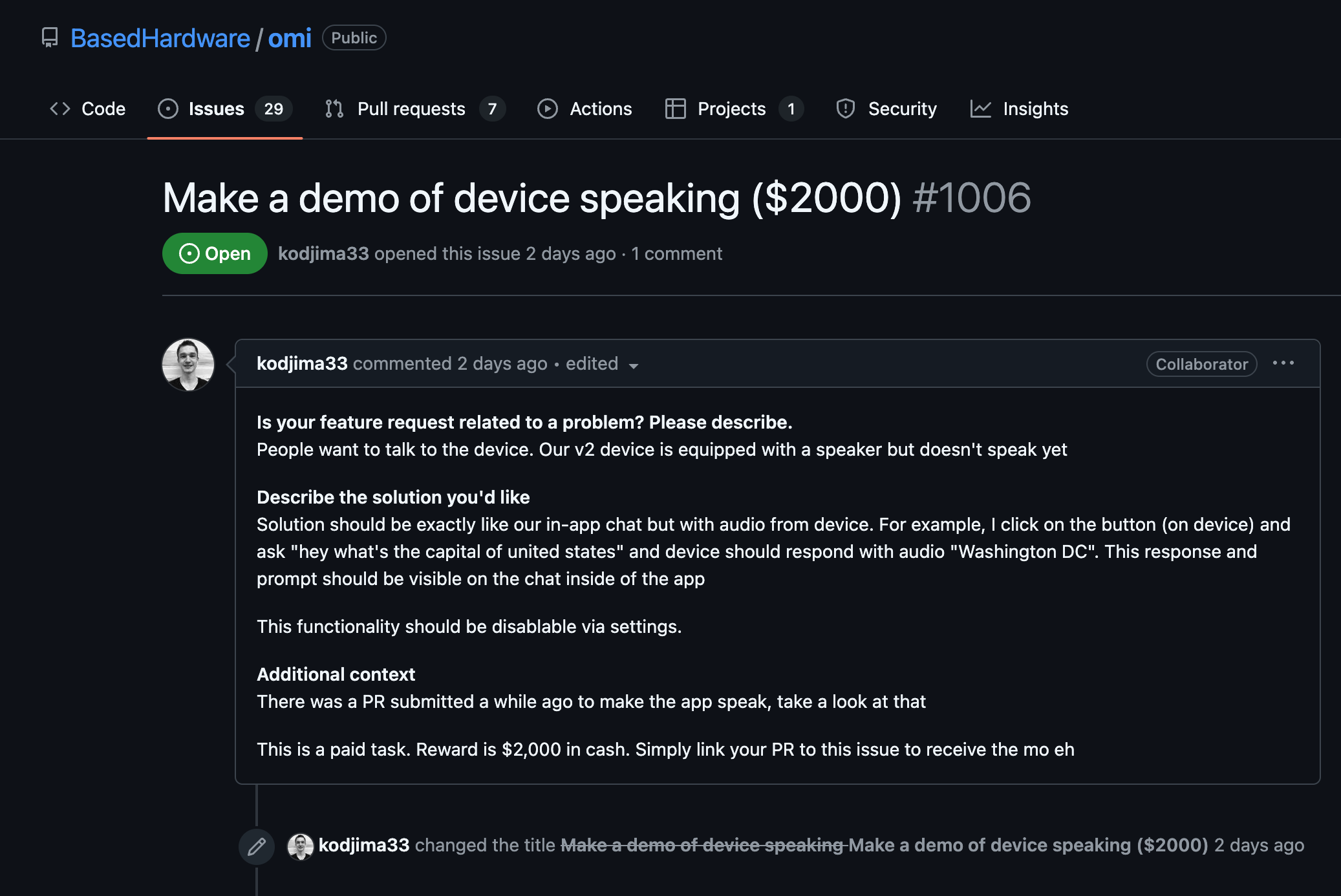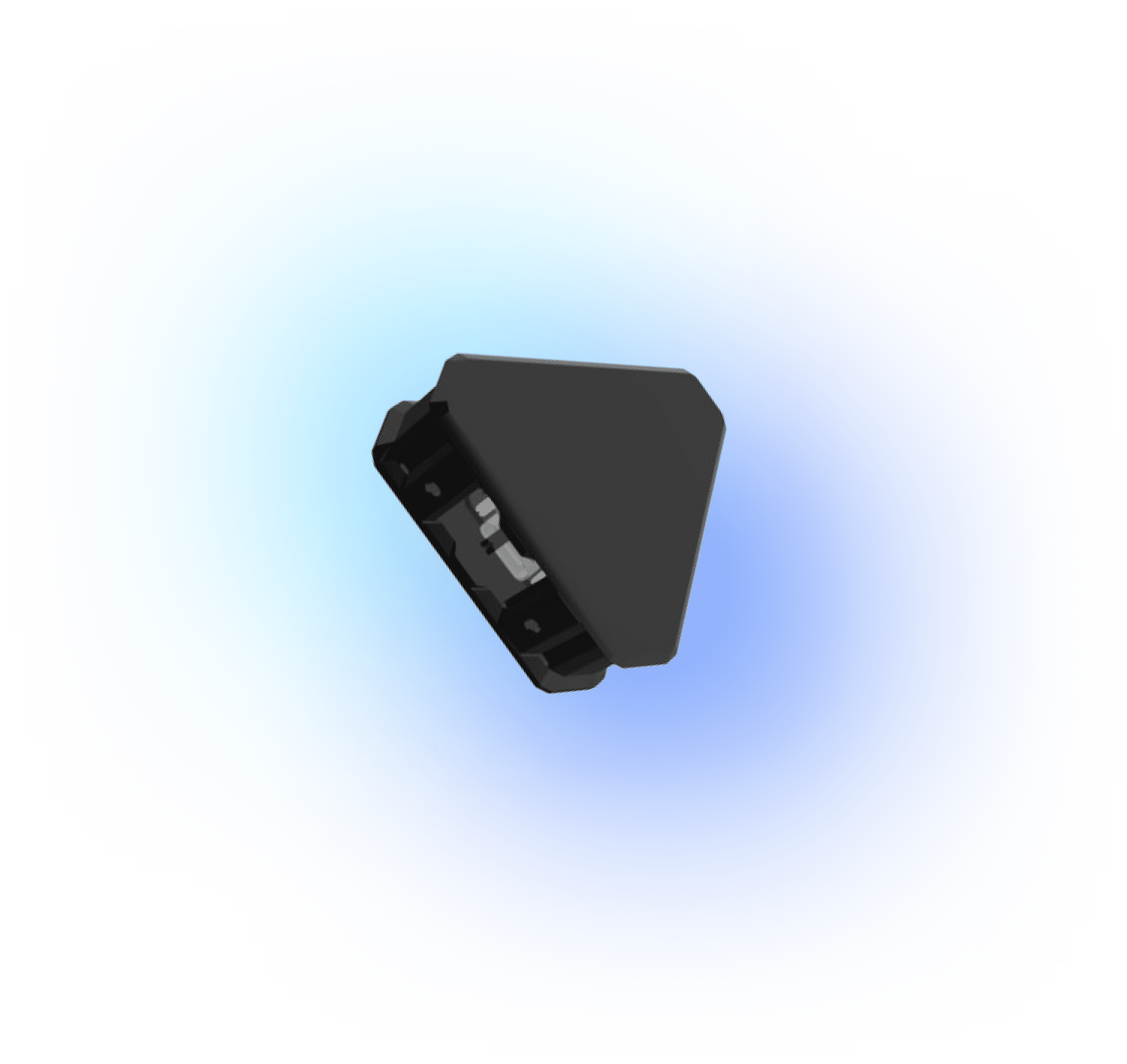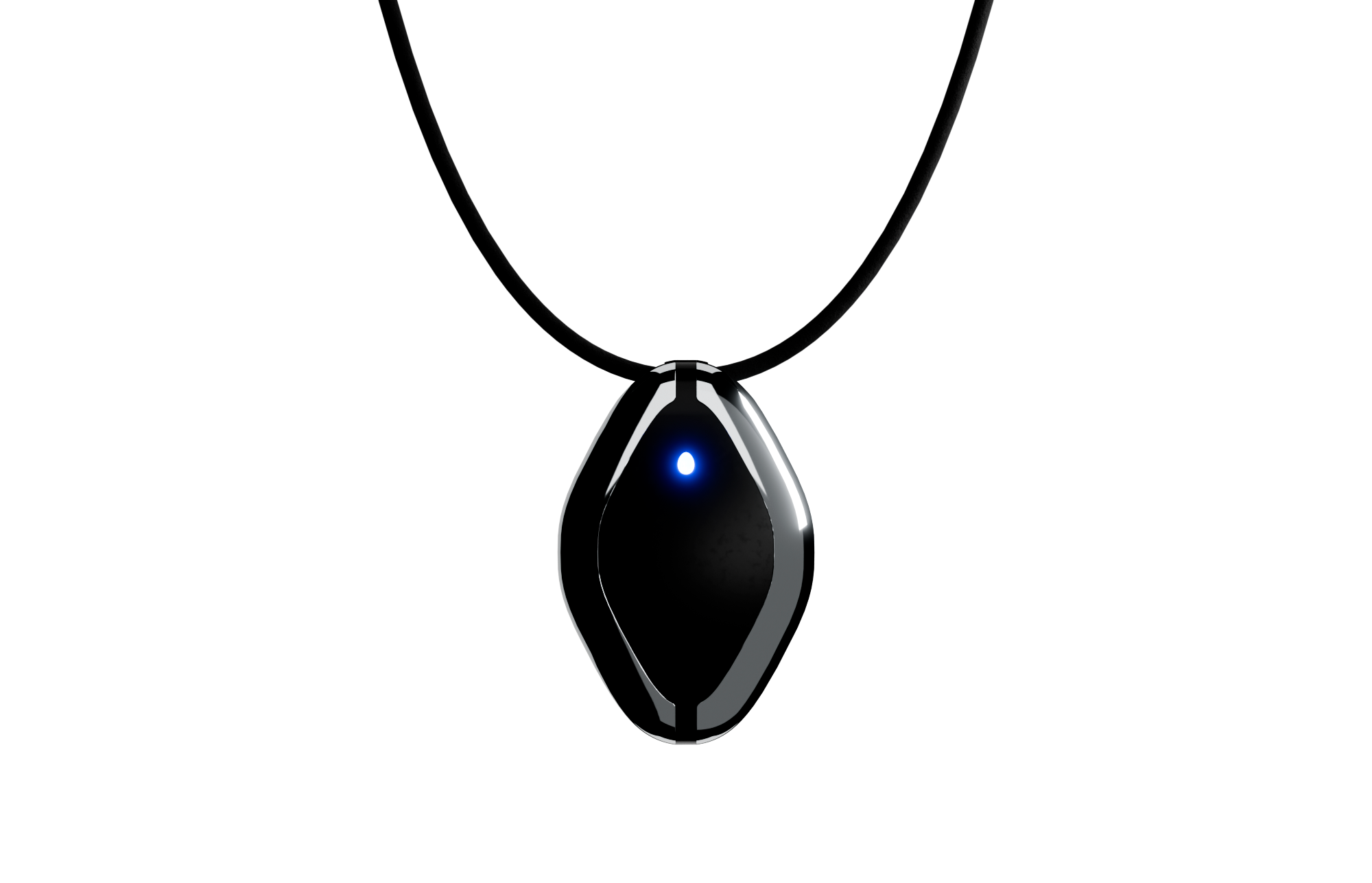Overview of Salesforce Streaming API
- Salesforce Streaming API enables real-time streaming of events. It's useful for listening to changes in Salesforce data for processing them immediately.
- It operates over a Bayeux protocol, implemented on CometD, a scalable HTTP-based event-routing bus.
Setting Up CometD Client in Java
- To start with the integration, you'll need to set up a CometD client in your Java application. This client will interact with Salesforce Streaming API.
- Ensure to include the necessary CometD dependencies in your project. You can use Maven for this:
<dependency>
<groupId>org.cometd.java</groupId>
<artifactId>cometd-java-client</artifactId>
<version>7.0.5</version>
</dependency>
- In addition, include the Jetty client library since CometD requires it:
<dependency>
<groupId>org.eclipse.jetty</groupId>
<artifactId>jetty-client</artifactId>
<version>11.0.14</version>
</dependency>
Establishing a Salesforce Session
- Authenticate the client with Salesforce and acquire a session ID. This is a prerequisite to establishing a connection for streaming.
- Salesforce recommends using OAuth for a secure connection. Once authenticated, retrieve the instance URL and session ID.
Initializing the CometD Client
- Start by setting up a CometD client instance and configure necessary parameters such as handshake and long-polling interval:
BayouClient client = new BayouClient(); // replace with actual initialization
client.getChannel(Channel.META_HANDSHAKE).addListener(new MessageListener() {
public void onMessage(ClientSessionChannel channel, Message message) {
if (!message.isSuccessful()) {
System.out.println("Handshake failed: " + message);
}
}
});
To connect the CometD client to Salesforce, use the following code:
String endpoint = "https://<your-instance>.salesforce.com/cometd/51.0";
String sessionID = "your_salesforce_session_id";
client.setBearerAuth(sessionID); // Authenticate your client
client.setChannel(endpoint);
if (client.handshake()) {
System.out.println("CometD Handshake Successful.");
}
Subscribing to a Push Topic
- Identify a relevant PushTopic in Salesforce or create your own PushTopic to define exact events you’d like to subscribe to.
- Subscribe the client to the desired channel or PushTopic:
String channel = "/topic/YourPushTopicName"; // PushTopic or Change Data Capture entity
client.subscribe(c -> {
System.out.println("Subscribed to channel: " + c);
}, new MessageListener() {
public void onMessage(ClientSessionChannel channel, Message message) {
if (message.isSuccessful()) {
System.out.println("New message received: " + message.getData());
}
}
});
Handling Real-Time Data Notifications
- Implement your business logic within the message listener to handle incoming events, such as updating a database, triggering alerts, etc.
- Ensure to handle connectivity issues and implement retry logic for failed connections, subscribing again after disconnects, if necessary.
Troubleshooting and Optimization
- Monitor the connection health and handle edge cases like session expiry and server errors. Ensure subscriber reconnections with an updated session ID upon expiry.
- Optimize the data processing within listeners to prevent bottlenecks that might throttle the client performance.
